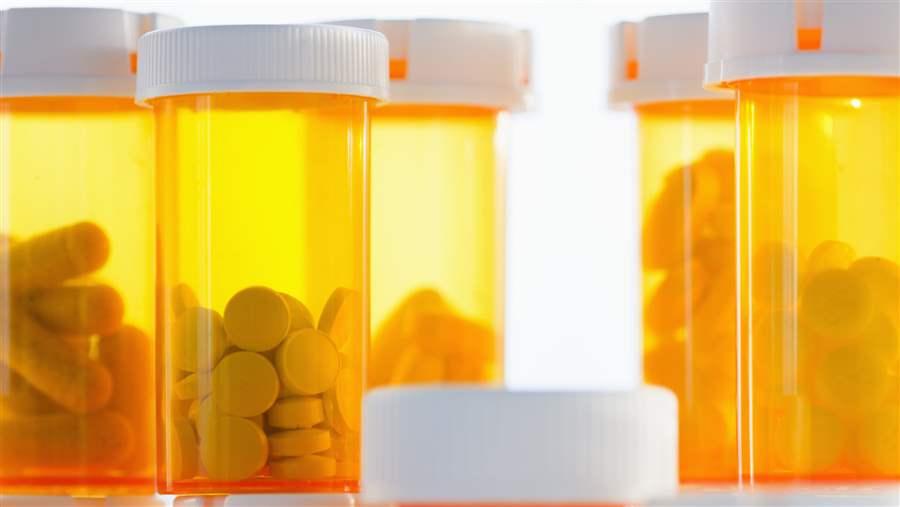States Work to Curb Drug Spending
Tight budgets lead to new approaches to managing costs
Prescription drug spending in the United States continues to grow, totaling $477 billion in 2016. Spending by Medicaid, which is jointly funded by states and the federal government, surpassed $31 billion that year. These rising costs have strained state budgets, leading policymakers to look for strategies—within Medicaid and beyond—to better manage spending while ensuring a patient’s access to needed medications. Below are some noteworthy policies advanced in 2017.
Spending caps in Medicaid
New York passed a budget that allows the state Department of Health to set an annual projected spending target for prescription drugs in Medicaid. For fiscal year 2018, the cap is $958 million, which accounts for inflation and guaranteed pharmacy savings. If spending exceeds the cap, the state and its Drug Utilization Review Board—the regulatory body that reviews Medicaid prescribing practices—can negotiate supplemental rebates with drug manufacturers to reduce spending. If New York cannot secure additional manufacturer rebates, the law allows Medicaid to employ additional tools to reduce costs, such as prior authorization—requiring health care providers to obtain approval from Medicaid before prescribing a drug.
Restrictions on pharmacy benefit managers
Several states have passed legislation that targets pharmacy benefit managers (PBMs), third-party administrators that process prescription drug benefit claims, develop formularies, and negotiate prices with manufacturers. For example, PBMs under contract with pharmacies in Connecticut, Georgia, North Carolina, and North Dakota cannot restrict pharmacists from discussing prescription drug prices with patients. Previously, such gag rules prevented pharmacists from informing customers about cheaper options for purchasing drugs, such as when paying cash for a prescription is cheaper than using insurance.
Greater price transparency and price controls
Some states require drug manufacturers to disclose price increases or prohibit certain increases in order to limit costs to the state, patients, and insurers. For example, Maryland passed a law banning “price gouging,” or “unconscionable increases” in the price of certain generic drugs, when such increases would make the cost prohibitive to patients. The Medicaid program can notify the attorney general when the price of these drugs rises by more than 50 percent in one year. Lawmakers in several states are considering similar legislation this year, but drug manufacturers have expressed concern about such laws. Maryland is involved in related litigation with the Association of Accessible Medicines, the trade organization representing generic drug manufacturers.
Nonlegislative initiatives
Other states are also pursuing nonlegislative initiatives. For instance, states offering Medicaid prescription drug coverage are generally required to provide beneficiaries with access to all medically necessary medicines. To reduce costs, Arizona and Massachusetts have requested authority from the federal government (through a Section 1115 waiver) to exclude certain drugs from their Medicaid formularies.
A new fact sheet from The Pew Charitable Trusts takes an in-depth look at additional state policies designed to manage drug spending. While it is unclear whether these policies will generate substantial savings, states are likely to continue to seek innovative solutions to rising drug costs in 2018 and beyond.
Ian Reynolds is a manager and Alisa Chester is a senior associate with The Pew Charitable Trusts’ drug spending research initiative.









